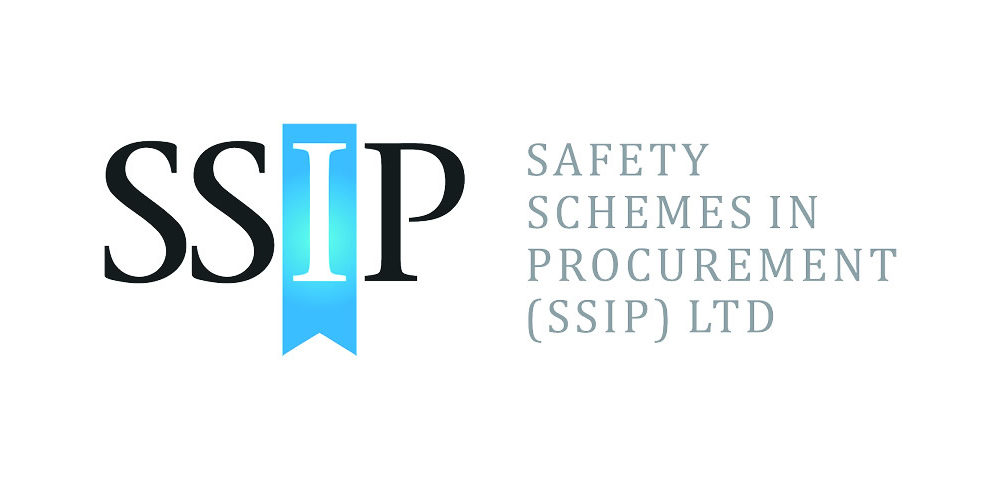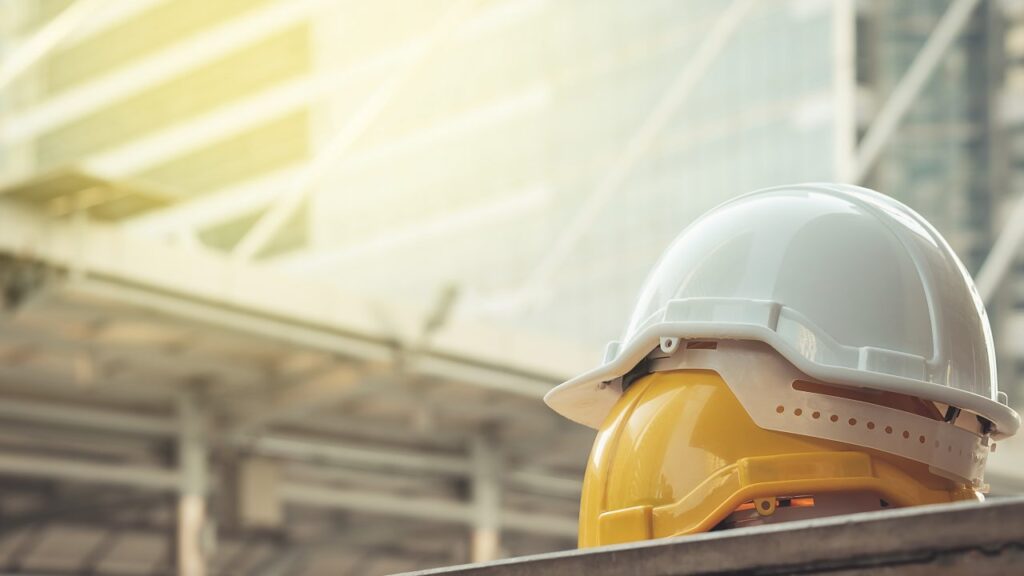Scaffolding is a temporary structure essential for construction and maintenance work It plays a pivotal role in ensuring the safety and efficiency of workers, however, the improper use and maintenance of scaffolding can lead to accidents and injuries that are entirely preventable. Here we’ll have a look at scaffolding safety to ensure that every worker who steps onto a scaffold does so with confidence and peace of mind.
Proper Training and Certification
The importance of scaffolding safety can never be underestimated which is why here at 7 Bays Scaffolding we do everything within our power to ensure that the scaffolding we erect adheres to all health and safety regulations, is soundly built and as safe as can be. We are a H&S Assessment organisation that takes great pride in our professionalism, customer service and efficiency. Safety starts with knowledge. Before working on scaffolding, every worker should undergo comprehensive training and be certified in scaffold safety. This training should include:
- Recognising different types of scaffolding
- Erecting and dismantling scaffolding properly
- Inspecting scaffolding for damage and potential hazards
- Using fall protection equipment
- Understanding weight limits and load capacity
- Following industry-specific safety standards and regulations
Here at 7 Bays Scaffolding we take health and safety very seriously indeed and do our utmost to ensure safe working conditions for suppliers, contractors and employees alike. We have recently been awarded a Pre Qualification Scheme (PQS) accreditation which demonstrates that our employees and contractors can work to a high standard and guarantees complete competence at all levels of the supply chain.
Inspect Scaffolding Regularly
Regular inspections are the cornerstone of scaffolding safety. Workers should inspect scaffolding before each use and report any defects or damage to supervisors.
Key areas to examine include:
Structural integrity: Ensure that all components are free from cracks, bends, or other signs of damage
Base and foundation: Check that the scaffold is erected on a level and stable surface, and all legs and supports are properly secured
Guardrails and toe boards: Ensure they are in place and secure to prevent falls
Access points: Verify that ladders or staircases are securely attached and have handrails
Platform integrity: Ensure the platform is free from debris, slippery substances, or any obstruction that may pose a tripping hazard
Understanding the weight capacity of the scaffold is crucial to maintaining safety. Exceeding the load limit can lead to the collapse of the structure, putting workers at significant risk. Workers should never overload a scaffold and should follow load capacity guidelines provided by the scaffold manufacturer.
Use Personal Protective Equipment (PPE)
Personal protective equipment (PPE) is an essential component of scaffold safety. Workers should use the appropriate PPE, including:
- Hard hats to protect the head from falling objects
- High-visibility vests to improve visibility in construction zones
- Gloves to protect hands and fingers
- Safety harnesses and lanyards to prevent falls from heights
- Prevent Falls
Falls are one of the most common scaffolding accidents. To prevent falls, make sure that you use guardrails and toe boards on all open sides and ends of the scaffold platform. Install safety nets, if necessary, and workers at heights over 10 feet should be secured with personal fall arrest systems. It’s vital that your workers always maintain three points of contact when ascending or descending the scaffold to minimise the risk of trips or falls.
Weather Considerations
Weather conditions can significantly affect scaffolding safety. Especially here in Cornwall where the weather can change from morning to afternoon, you have to pay careful attention to the risk of high winds, rain, or snow because these can make the platform slippery or unstable. Scaffolds should not be used in adverse weather conditions, and workers should wait until conditions improve. Additionally, snow and ice should be cleared from the scaffold to prevent accidents.
Proper Dismantling
When the work is completed, it’s essential to dismantle scaffolding with the same care and attention as erecting it. This ensures the safety of the workers involved in the process. As professional scaffolders in Cornwall, we are well experienced at properly disassembling the scaffold from the top down, following the manufacturer’s guidelines.
Scaffolding is a crucial tool in construction and maintenance, but it can also be a source of danger if not used with caution and care. Scaffolding safety should always be a top priority. With proper training, regular inspections, adherence to load limits, use of personal protective equipment, fall prevention measures, weather considerations, and careful dismantling, the risk of accidents and injuries can be greatly minimised. Always remember that safety is paramount when working at heights, and it is a shared responsibility among workers, supervisors, and employers. By following these guidelines, we can ensure that everyone who steps onto a scaffold can do so with confidence and peace of mind, knowing that their safety is prioritised above all else.
When you hire a scaffolding company in Cornwall like 7 Bays Scaffolding you can be assured of compliance to all rules and guidelines so that you have complete peace of mind. If you want a quote for your next scaffolding please get in touch so you can see how competitive we are. We look forward to hearing from you!


